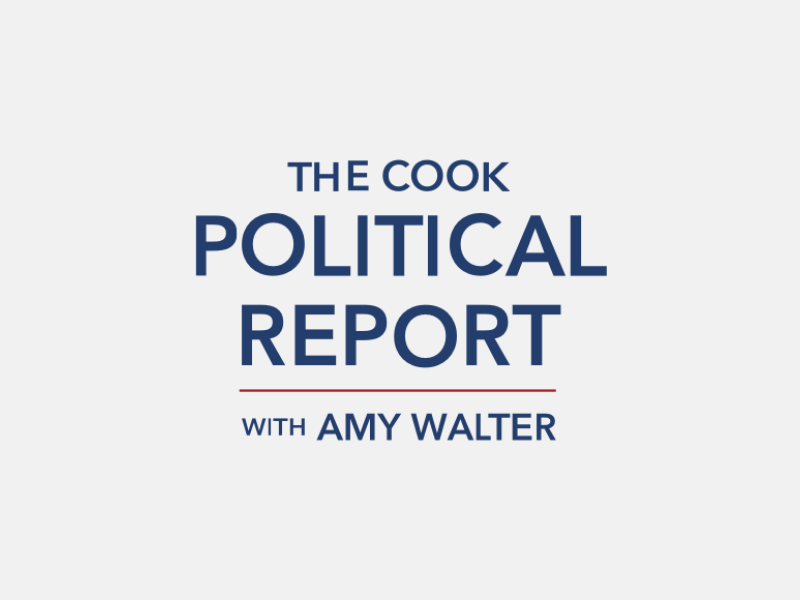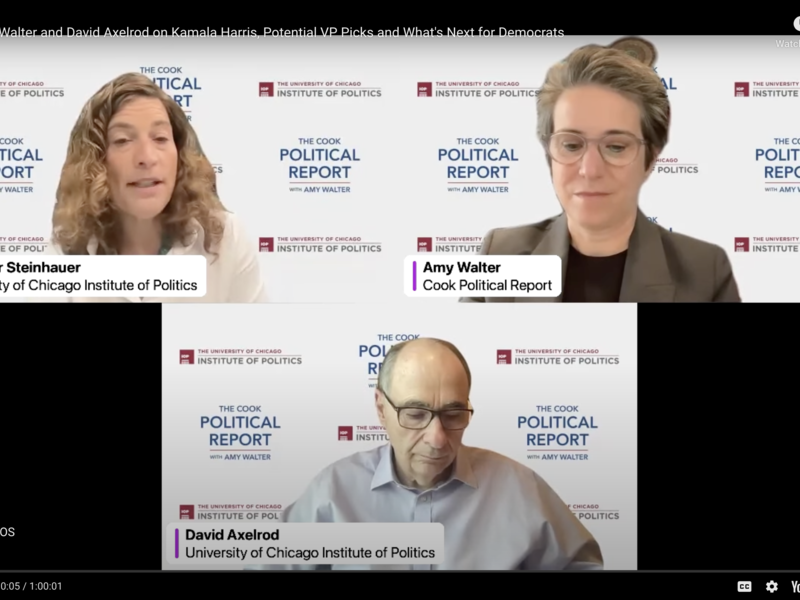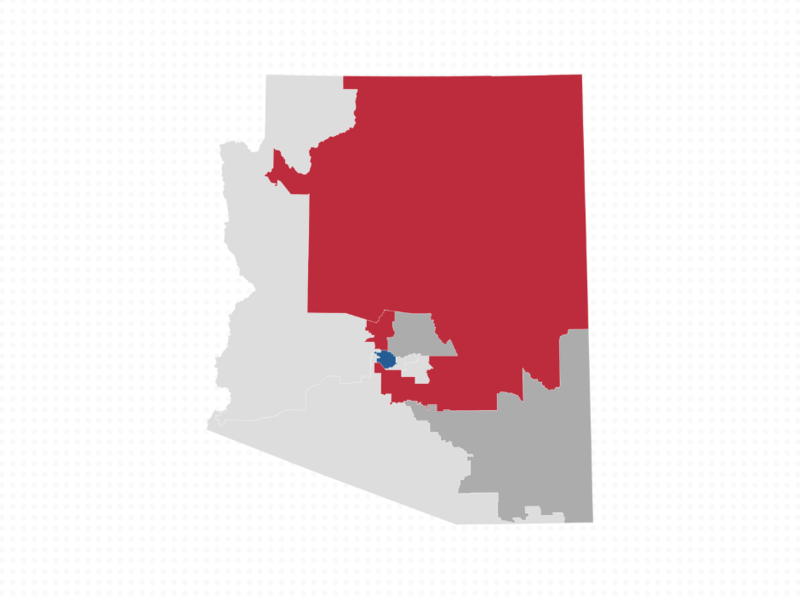
This year marked the 20th anniversary of the Partisan Voter Index (PVI). PVI is a measurement of how partisan a district or state is. It is calculated using results of the last two presidential elections. For example, a district with the score of D+5 means that in the 2012 and 2016 presidential elections, that district performed an average of five points more Democratic than the nation did as a whole.
With 2017 coming to a close, our friends at Quorum analyzed what the PVI of a district can reveal about how often a member of Congress works across the aisle. One of their key findings is that members in less partisan districts vote against their party at a higher rate than a member in more partisan districts.
Quorum found that members in swing districts (D+5 to R+5) vote against their party an average of 7.5% of the time.
Here's a list of the top ten Republicans and Democrats who vote against their parties most often. Many are in some of the least partisan and/or most competitive districts









Subscribe Today
Our subscribers have first access to individual race pages for each House, Senate and Governors race, which will include race ratings (each race is rated on a seven-point scale) and a narrative analysis pertaining to that race.